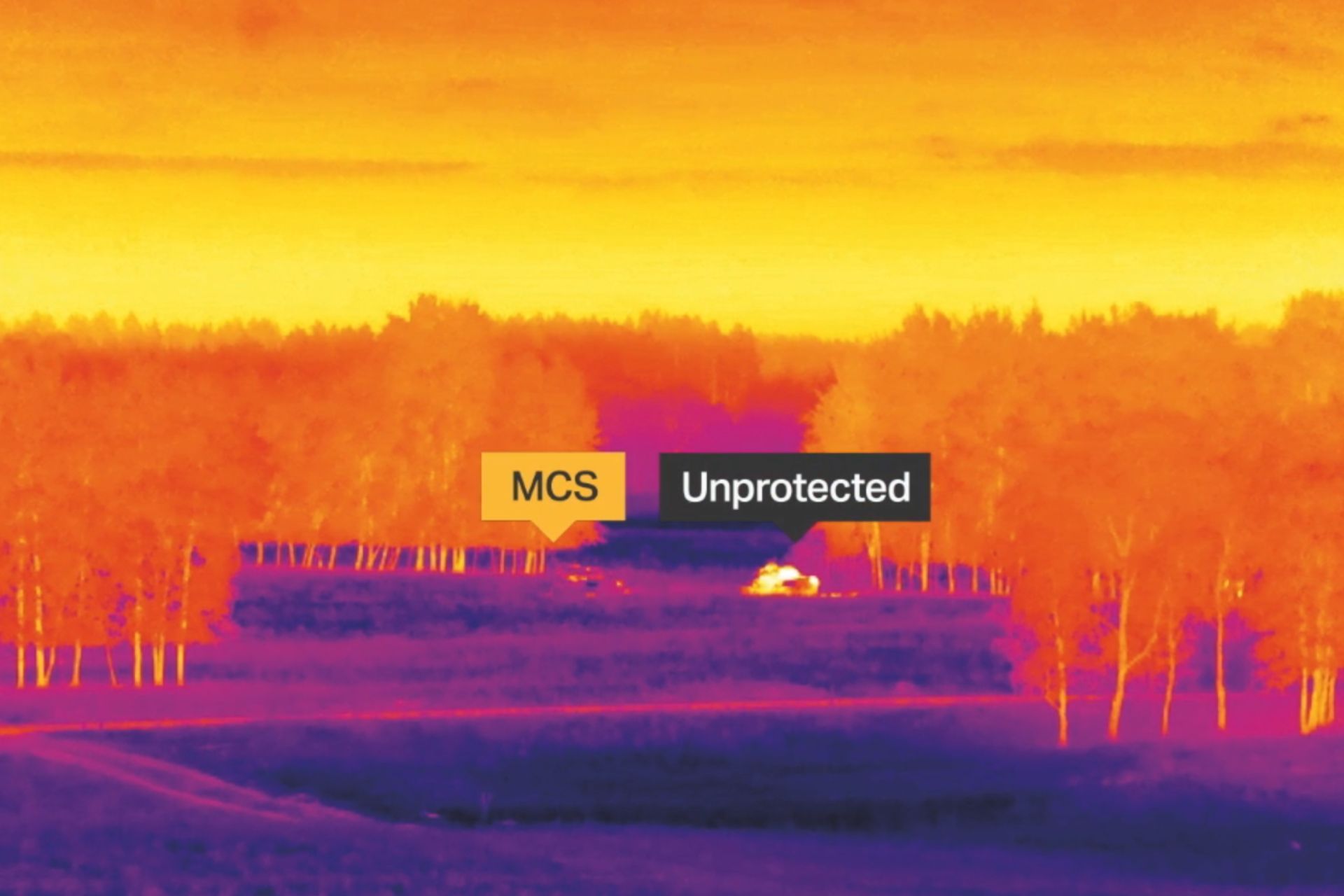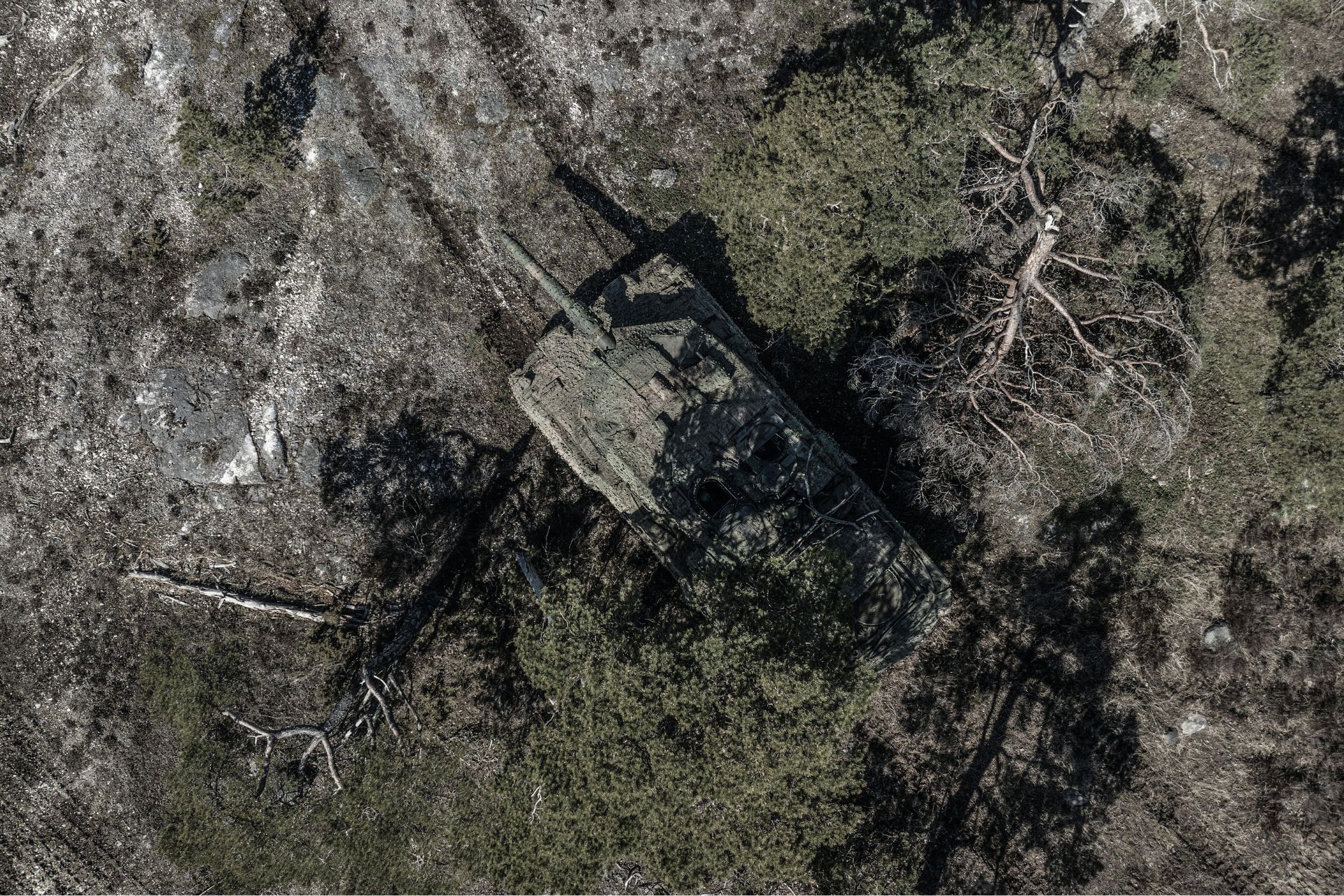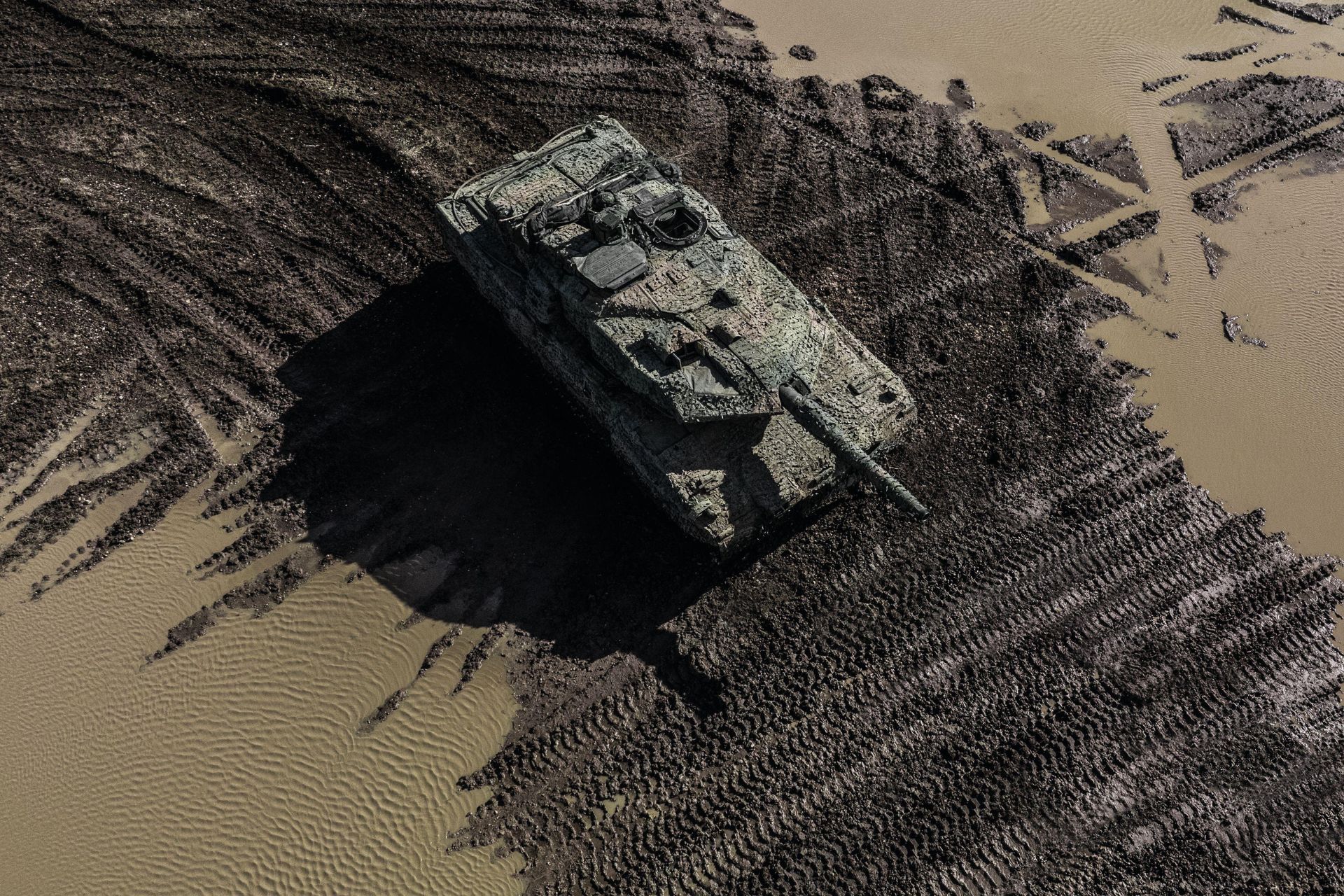Breaking News
Focus: Impact of Barracuda MCS Camouflage on Stridsvagn 122.
In the arena of modern warfare, where advanced detection technology and electronic warfare dominate the battlefield, maintaining superiority in armored warfare requires more than firepower and robust armor. The Stridsvagn 122, a main battle tank of the Swedish army, incorporates a significant advancement in this direction with the adoption of Saab’s Barracuda Mobile Camouflage System (MCS). This system is designed to minimize the vehicle’s thermal signature, thereby enhancing its stealth and combat survival.
Follow Army Recognition on Google News at this link

The Stridsvagn 122, or Strv 122, is an advanced variant of the German Leopard 2A5, specifically designed to meet the stringent requirements of the Swedish military (Picture source: Saab)
The Stridsvagn 122, or Strv 122, is an advanced variant of the German Leopard 2A5, specifically designed to meet the stringent requirements of the Swedish military. This main battle tank was introduced into active service in Sweden in 1997, following a customization process that included significant improvements over its base model. The Strv 122 is distinguished by its enhanced composite armor, capable of withstanding impacts equivalent to about 300 mm of steel against shaped charges, offering robust protection against anti-tank weapons and other ballistic threats.
The Strv 122 integrates modern technologies including advanced command, control, and firing systems, as well as a chemical, biological, radiological, and nuclear (CBRN) warfare capability to operate in hostile environments. It is also equipped with an advanced defense system and improved mobility in difficult terrain, with a wading capacity of up to 1.4 meters. Its primary armament remains the 120 mm cannon, but it benefits from upgraded optical and electronic systems to enhance its targeting capability and combat accuracy.
At the heart of this transformation is the Barracuda MCS camouflage. Designed to challenge all battlefield sensors, the MCS reduces the vehicle's visual, infrared, and radar detection. Its ability to manage ultraviolet and infrared wavelengths, in particular, is crucial for minimizing the tank’s thermal signature. This is essential not only for evading enemy surveillance but also for enhancing the effectiveness of missions by allowing the tank to maneuver undetected.

Thermal view of two Strv 122s with and without Saab Barracuda MCS protection (Picture source: Saab)
The Barracuda MCS employs specialized materials that interact with the environment to effectively reflect, absorb, and disperse heat. This helps maintain a lower internal temperature, thus prolonging the lifespan of onboard electronic equipment and increasing crew comfort. The system is also modular, allowing it to be adapted to different types of military vehicles, thus offering versatility and logistical efficiency.
In comparison with other systems used by nations such as the United States with the TUSK thermal camouflage or Russia with the Nakidka thermal camouflage, the Barracuda MCS stands out for its multispectral capability, effectively handling frequencies ranging from ultraviolet to radar. This versatility makes the Stridsvagn 122 one of the best-camouflaged tanks in the world, capable of blending into a variety of natural and constructed environments.
As the ongoing modernization of the Stridsvagn 122 under the Stridsvagn 123A project continues, the popularity and effectiveness of the Barracuda MCS are expected to encourage other nations to consider this technology for their own armored vehicle fleets. Currently, Sweden possesses about 120 of these tanks, demonstrating not only a commitment to modernizing its armed forces but also confidence in the MCS’s ability to keep these powerful vehicles out of enemy reach.
Various photos of the Strv 122 equipped with the MCS Barracuda (Picture source: Saab)




























